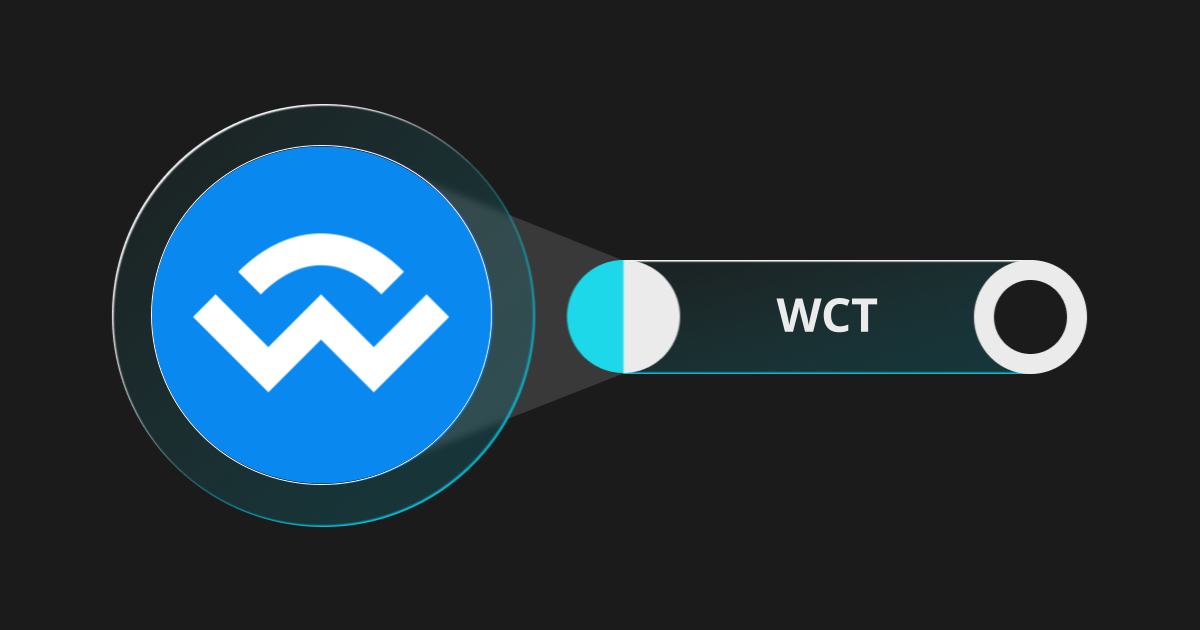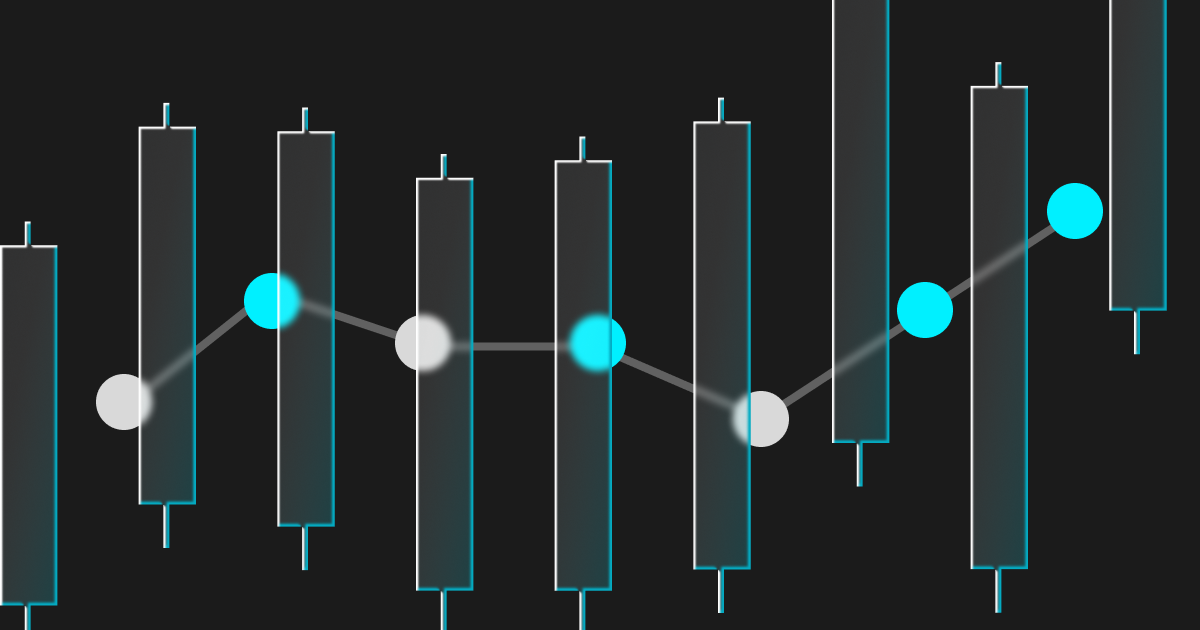
Bitget Beginner's Guide — Introduction to Take Profit and Stop Loss (TP/SL) in Futures Trading
Overview
● This article provides a detailed introduction to the concepts of TP/SL, when to use them, and the pros and cons of using the last price vs. mark price in settings.
● Whether you're a beginner or an experienced trader, TP/SL can enhance the efficiency and safety of your trading experience.
What is TP/SL?
Take profit (TP) refers to a common futures trading strategy where users close their positions when the price rises or falls to a predetermined level, converting unrealized profits into realized profits. Stop loss (SL), on the other hand, is a strategy where users close their positions when the price rises or falls to a certain value, aiming to prevent further losses.
In essence, TP/SL is a basic strategy for protecting profits and managing risk. By setting both a take-profit and a stop-loss price, traders can ensure they lock in profits when the market moves in their favor and limit losses when it moves against them.

For example, if you buy Bitcoin at 70,000 USDT and set your TP/SL based on the values shown above, a take-profit order will be triggered when Bitcoin's price reaches 75,000 USDT, and a stop-loss order will be triggered if the price falls to 65,000 USDT.
Read more: How to set TP and SL orders
When to use TP/SL?
TP/SL orders are generally used when traders have open positions but cannot constantly monitor market trends . As a rule, TP/SL can be applied at any time while holding a position, depending on your trading needs. Note that TP/SL orders can only be used to close positions, not to open them.
● Achieves target profit: Take-profit settings help secure profits when the market moves as expected and the price reaches the preset profit target.
● Limit losses: When the market moves against expectations, stop-loss settings limit potential losses by closing the position once the price hits a preset threshold.
Trigger price options: Mark price vs. Last price
When setting take-profit and stop-loss orders, traders can choose between using the last price or the mark price as the trigger. Each option has its advantages and disadvantages, depending on your trading strategy and risk tolerance.

Pros and cons of using the last price
The last price is the most recent trade price in the futures market, reflecting real-time market activity. It provides the most up-to-date data, making it ideal for short-term traders. At the same time, it ensures more accurate execution in markets with high liquidity. However, the last price is more vulnerable to short-term price fluctuations, which can lead to unintended triggers. Additionally, in illiquid markets, traders may experience slippage, affecting execution accuracy.
Pros and cons of using the mark price
The mark price is calculated based on an index price and funding rate, primarily used for risk control and fair settlement. It minimizes the impact of short-term price fluctuations, making it suitable for mid-to-long-term traders. The mark price also helps prevent unfair execution caused by market manipulation or low liquidity. However, it responds more slowly to sudden market changes, which may not be ideal for short-term traders in highly volatile markets.
Read more: What are index price, mark price, and last price?
TP/SL orders: Market order and limit order
In Bitget futures, the type of order you select determines the type of order to place by the system once the take-profit or stop-loss price is reached. There are two types of TP/SL orders: market TP/SL orders (market orders) and limit TP/SL orders (limit orders).
For a market TP/SL order, you only need to set the take-profit or stop-loss price. Once triggered, the order is executed immediately at the best available market price.
For a limit TP/SL order, you must set both a take-profit/stop-loss price and a limit price. The order will only execute at the specified limit price or a better price. When the asset price reaches the TP/SL price, the system will match your order in the order book.
However, the order will only be fulfilled if the set price (or a better price, usually closer to the last price) is reached. If there is no matching order in the order book at the limit price or a better price, the order will be invalidated. To reduce the risk of this happening, the limit price should be set lower than the trigger price for sell orders and higher for buy orders.
Additional considerations
● The futures amount of unfulfilled TP/SL orders can be affected by position closures, whether through agreement, automated closure, liquidation, or manual closure. If a position is closed, the corresponding TP/SL order will be canceled.
● Manual changes to margin can impact the expected liquidation price, potentially causing TP/SL orders to fail.
● A maximum of 20 take-profit/stop-loss orders can be set at a time.
● Elite traders cannot set TP/SL for the total position but can manage orders through the "My trades" section.
● In rare cases, TP/SL orders may fail during extreme market volatility.
● The actual filled price may differ from the price at which a TP/SL order is triggered during periods of extreme volatility and price fluctuations.
● There is also the possibility that TP/SL orders will be unfilled or only partially filled.
Trailing stop (trailing stop-loss)
A trailing stop , also known as trailing stop-loss, is another type of stop-loss order that allows users to place a pre-defined order when the market experiences a pullback. Trailing stop orders help limit losses and protect profits during market fluctuations. They work by placing a preset order at a specific percentage away from the market price, allowing users to lock in profits if the price moves in a favorable direction.
As the market price moves in a favorable direction, the trailing stop adjusts accordingly, maintaining a set distance (in percentage or amount) from the market price. This allows users to retain their positions and continue profiting as the price moves in their favor. However, if the price moves against them by a specific percentage, the trailing stop will close the position at the market price, helping to limit losses and protect profits.

If you buy ETH futures at a price of 100 USDT and set a trailing stop-loss as shown in the image above, the following events will occur:
The trailing stop-loss order will be triggered when the ETH's price rises to 200 USDT. The stop-loss price after triggering will be calculated as: the highest price of ETH after triggering × (1 − 20%). When ETH's price drops by 20% from its highest point, the system will automatically sell ETH at the best available market price.

If the trend of ETH moves as shown in the image above, the following events will occur:
February: The price of ETH rises to 200 USDT, triggering the trailing stop-loss order. The stop-loss price is calculated as: 200 × (1 − 20%) = 160 USDT.
March: Although ETH's price declines, it doesn't fall by the full 20% as set in the trailing stop, so the user continues to hold ETH.
April: ETH's price rises to 300 USDT, with a stop-loss price of: 300 × (1 − 20%) = 240 USDT.
May: The price falls sharply, reaching 240 USDT, triggering an order to sell ETH at the best market price. At this point, the market price is 240 USDT, resulting in an investment profit of: 240 – 100 = 140 USDT.
By selling in May to take profit, you avoid potential losses if the price were to fall below 100 USDT in June. However, you miss out on further gains when ETH rises to 300 USDT in July.
Conclusion
TP/SL and trailing stop-loss are powerful tools for investors and traders aiming for success. They help protect profits, control risk, and increase win rates in the market. TP/SL is a basic strategy that safeguards profits and controls risk. By setting both a take-profit and a stop-loss price, traders can secure profits when the market moves in their favor and limit losses when the market moves against them. The flexibility and adaptability of this strategy make it suitable for a wide range of market conditions and trading styles.
Trailing stop-loss, on the other hand, is a more advanced strategy that automatically adjusts the stop-loss price as the market moves. It allows traders to capture additional profits while protecting the gains they've already made. This strategy offers greater flexibility, eliminating the need to constantly monitor the market and enabling traders to stay engaged when trends are favorable, helping to avoid premature stop-loss executions.
Related articles
Bitget beginner's guide — What are futures?
Bitget beginner's guide — How to make your first futures trade
Bitget beginner's guide — How to avoid liquidation
Bitget beginner's guide — Key futures trading terms and their application scenarios
Bitget beginner's guide — Introduction to futures order types



